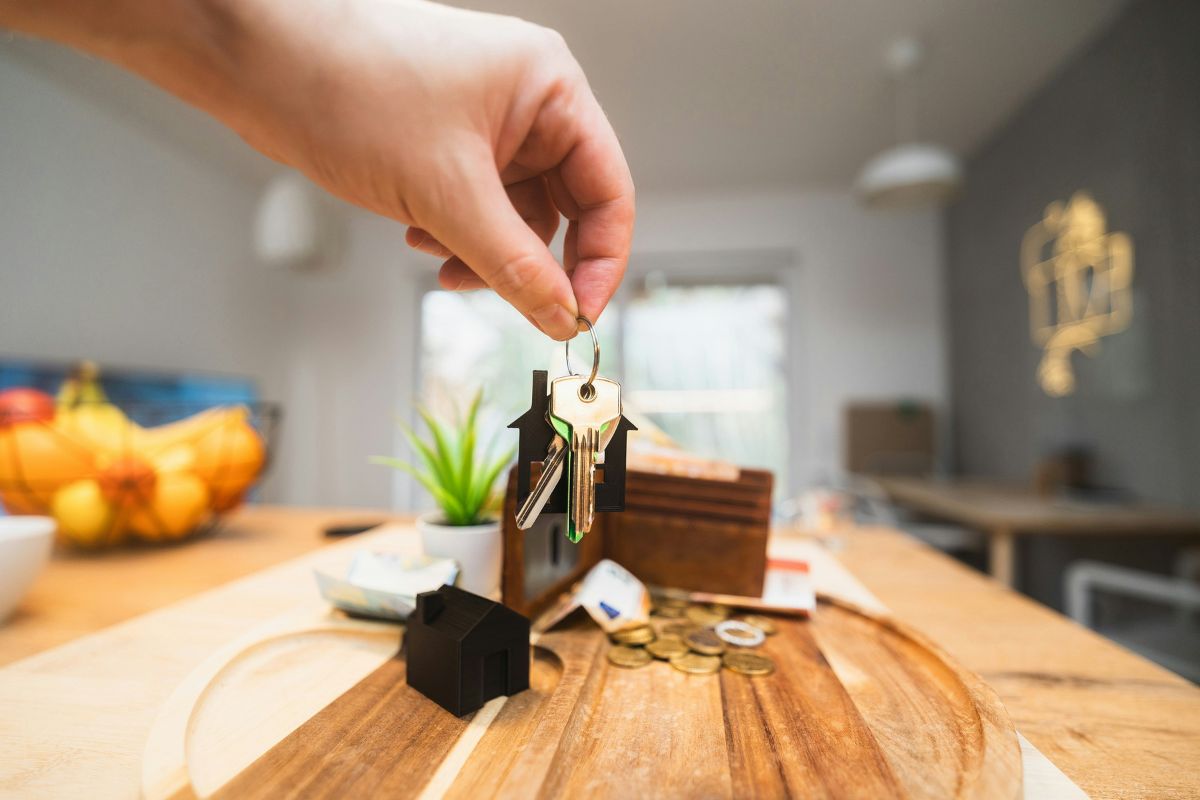What is the Impact of Migration on the Property Market
There was outrage recently when the Albanese Government announced it would be throwing open the borders and welcoming hundreds of thousands of extra migrants into the country.
Migration is integral to economic growth, so why the backlash?
Well, vacancy rates for rentals are at historic lows, supply of properties for buyers is well short of where it needs to be and the construction industry is in crisis, thanks to soaring costs, labour shortages and supply delays.
We already have a massive spike in homelessness and plenty of people unable to find somewhere to live, despite having good jobs and enough money to pay rent.
So, people would argue that with such a situation, why make it worse by bringing 750,000 migrants into the country?
Meanwhile, others would agree with the government…we need more migrants to pay tax and keep our economy out of depression.
But the question that many on either side of the argument will ask is, where will they live?
What happens next?
Migrants have already begun flowing into the country. Some are students and some are workers. Many of the students will live in student housing, with relatives, or perhaps in houses that their relatives bought.
Workers will either buy properties or, more likely at least for the first couple of years, rent them.
This will tighten up vacancies, especially in Sydney and Melbourne, which are the cities where the vast majority of those coming from overseas end up landing.
Yes, the vacancies are already tight in those cities, but the CBD areas have had a fair bit more vacancy than the middle and outer rings. This was a hangover from Covid, when working from home suddenly made it unnecessary for a lot of people to buy or rent in the city.
Still, it will have a significant effect on supply…and therefore, prices.
What do the numbers say?
The federal budget this year revealed the 750,000 number is just the beginning. The forecast is for net overseas migration total of about 1.5 million people coming into Australia by 2027. That is the largest number over 5 years in history. Over the next 3 years, that number is anticipated to be 975,000.
Assuming the average household size of 2.4 people per home, that’s approximately 408,000 new homes required over 3 years, just to maintain the shortfall we already have without the migration.
Roughly 35% of the migrants will settle in Sydney and 30% in Melbourne, economists say.
That doesn’t bode well for Sydney’s current new home construction rate of less than 50,000 dwellings per year, which is losing ground on the 70,000 plus it needs just to maintain the status quo. Other capital cities face similar scenarios with their own construction targets.
Meanwhile, Housing Industry Association national figures have revealed starts on new apartment blocks peaked at 118,000 in 2015-16, but have fallen to 70,000 in the most recent financial year.
Commercial spike
The other area to be affected will be the commercial property sector. A CBRE study estimates Australia will need an extra 4.46 million square metres of logistics space over the next 3 years, on top of the regular annual increase of 2.7 million square metres.
CBRE also expects around 147,000 white collar migrants, who will require 1.8 million square metres of office space, which equates to more than 30 office buildings.
So there could be some upside for commercial spaces. The flow-on effect would of course mean more demand for healthcare, childcare, data centres and social infrastructure.
How much will the migration affect property prices?
A loose rule of thumb used by some economists is that every 100,000 migrants equals a 1% rise in home values.
A key part of the unexpected value growth so far this year has been more migrants than expected. Many had forecast a net loss of migration in the previous year and instead were surprised by a gain.
The extra intake in coming years is likely behind all banks now forecasting growth for the coming years.



